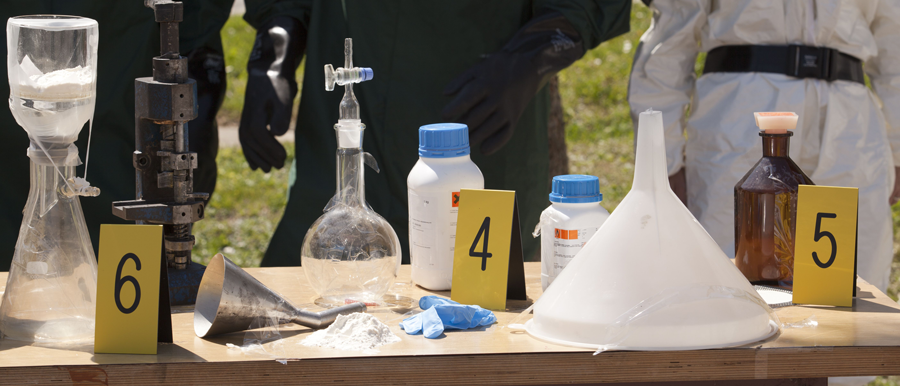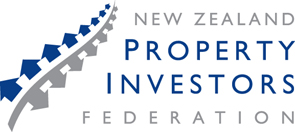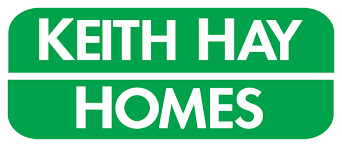Peter Lewis is the Vice President of the Auckland Property Investors’ Association and also sits on the board of the New Zealand Property Investors’ Federation.
Despite all the recent media coverage of the ‘P’ contamination problem, little has been heard from those people who are most affected – property owners
and, especially, residential landlords.
Most landlords want to provide properties that are safe and secure for their tenants but are naturally also concerned about the financial impact of such
contamination on their landlording business.
We are now being told that we need to test each tenanted property for ‘P’ both at the start of each tenancy and at the conclusion. To get this testing
carried out by a contractor will cost the landlord around $230 just for one screening test, that’s $460 from the start to finish for just one tenancy.
If a level of contamination is detected at this stage, a more detailed test will then need to be carried out which will cost somewhere in the range
of $3,000 – $10, 000.
Related article: Knowledge of P contamination “immaterial”
From the landlord’s point of view, this is not the end of the financial impact. Time is money. This testing, and the subsequent delay waiting to receive
the results will mean more vacancy days before the property can be relet. Each day the property is empty costs the landlord money. There is no reduction
in the costs of rates, insurance or mortgage interest just because the property is sitting there unoccupied.
Should the contamination be assessed as above benchmark levels then, remedial action must be taken. The landlord cannot rent out a property that is contaminated.
If they do so they are breaching their obligations under the Residential Tenancies Act 1986 as well as in other legislation such as the Building Act
and the Health Act. We are told that, at least for now, our insurance will cover the cost of the clean-up. Even if this is so, the landlord is still
out of pocket for the insurance excess (normally some hundreds of dollars) and possibly further loss of rent while the work is being done. It is also
likely that insurance companies will soon move to minimize their liability in this area by restricting cover, raising premiums, or both.
I have also noted that, while methamphetamine contamination has become a big issue around the renting and purchase of real estate, there has been little
discussion or panic about what are presumably similar risks that must arise from the purchase or use of second-hand vehicles, furniture, clothing,
or anything else that may have spent time in or around a contaminated property. Given the hysteria around the health risks involved with contaminated
properties, that does seem very strange.
As far as the residential property rental business goes, these costs must end up somewhere. The tenant’s advocates will say “That’s the landlords’ cost
of doing business. They need to wear those costs”. Unfortunately, as in any business, any increase in the cost of supplying the product or service
to the customer will eventually lead to an increase in the selling price (in this case, rent), a reduction in supply as the highest-cost suppliers
exit the market or a combination of both.
So, accepting that we do have a contamination problem, what can we do about it? In the real world, landlords are cost-driven and time-poor. We need to
institute and formalize a procedure that protects both landlord and tenant, speeds up the process and minimizes the costs involved.
Related article: How to stop your tenant from ‘breaking bad’?
As a real-world, hands-on landlord, I could live with the following:
- Make a test carried out by a landlord or a property manager using a self-test kit acceptable evidence at a Tenancy Tribunal hearing. This may entail
landlords/property mangers having to attend a short training course to have their tests be accepted. - Have the hazardous contamination level set to a realistic level. 0.5 is, by many accounts, far too low. Dr Nick Kim, Senior Lecturer in Applied
Environmental Chemistry at Massey University, has stated “properties where methamphetamine residues are less than 12 μg/100 cm2 should really not
be referred to as ‘contaminated’ by methamphetamine. - Acceptance that tenants who have been shown to have contaminated their rentals have breached the conditions of their Tenancy Agreement and therefore
should face termination as with any other breach.
If such a procedure is formally approved by Tenancy Services and applied throughout the tenancy tribunal system, then we should all be able to cope with
the methamphetamine contamination problem in a realistic and economical manner.















Add Comment